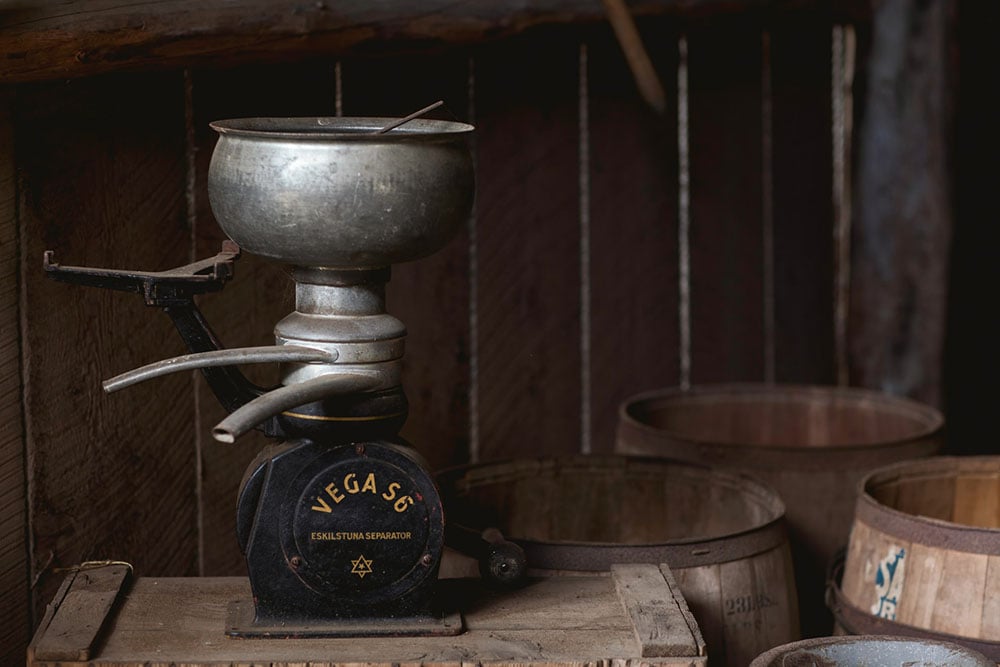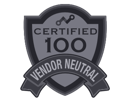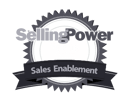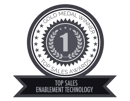
Exploding the 3x sales pipeline coverage myth
One of the most unhelpful “rules of thumb” in B2B selling is the long standing and widely quoted myth that the benchmark standard when it comes to sales pipeline management is 3x quota coverage.
I’ve struggled to find any original research that justified this - and even if there was any, the concept has been around for so long that any original research must now be well and truly out of date.
This 3x rule of thumb is no more accurate (and not much more useful) than a stopped watch that happens to tell the right time twice a day.
So - what is the optimal level of sales pipeline coverage? If you’re looking for a lazy, simplistic general answer then I’m afraid you’re inevitably going to be disappointed - because the only universally accurate answer is “it depends”...
And your organisation's number almost certainly isn’t going to be "3 times", and probably won't be a single universal value across your sales environment, either: amongst other things, it depends on things like:
- The nature of the product or service offering
- Each individual salesperson’s competence and effectiveness
- Your typical range of deal values
- Your typical range of winning sales cycle times
- Your typical range of win rates
- The competitive environment
- Whether the purchase is inevitable or discretionary
- Whether the customer’s decision journey is familiar or unfamiliar
However, according to real-life analysis conducted with a number of my clients, and for any given set of similar offerings, the required pipeline coverage rate seems to be most strongly affected by opportunity type, with the variation proving particularly significant between:
- Net new customers (these tend to have the lowest typical conversion rates)
- New projects within existing customers
- Expansion of existing projects within existing customers
- Renewals (these tend to have the highest typical conversion rates)
Given the widespread use of modern CRM systems, there’s no excuse for not collecting and analysing the data needed to establish the appropriate benchmarks in your environment - unless, of course, you have failed to configure your CRM system to be able to capture these variables, or have poor CRM data hygiene (and of course there’s no excuse for those two failings, either).
Establishing and managing your own benchmarks
I recommend that you calculate the typical conversion rates for each of the above 4 opportunity types and use these to project the overall health of your sales pipelines and those of your individual salespeople. But there are a couple of important caveats:
First, you must avoid any action or behaviour that encourages salespeople to retain poorly qualified opportunities in their pipeline in order to hit coverage targets. It is far better to have a smaller, well-qualified pipeline than an apparently larger pipeline that is full of opportunities that are never likely to close.
Second, if you are in a relatively low-volume, high-value complex sales environment, you must never use the coverage projection to generate revenue forecasts. Instead, you must build the forecast up opportunity by individual opportunity.
Forecasting individual opportunities
It’s impossible to win a fraction of an opportunity - you either win or lose. The value might be different from the projected value, of course, but that’s a different matter. So every opportunity with a projected close date that lies within the forecast period must be assessed separately, and the aggregated figures (often after further adjustment) used to create the overall forecast.
It’s impossible to win a fraction of an opportunity - you either win or lose.
That means that for each potentially forecastable opportunity, we need an evidence-based assessment of:
- Our confidence in the projected close date (more on this in a moment)
- Our confidence in the projected value
- Where the opportunity fits in our sales cycle
- The current phase of the customer’s decision process
- Our confidence that the deal will close on the predicted date for the predicted value, using the following categories (or a variant thereof):
- Closed/Won: the deal has already been booked
- Commit: barring an act of God, the deal will close as predicted (>90%)
- Probable: the deal is very likely to close as predicted (well over 50%)
- Possible: the deal requires work, but might still close as predicted (well under 50%)
- Excluded: there is no realistic chance of closing the deal in the forecast period
...and what needs to happen to get the deal over the line.
A couple of observations: you’ll notice that I have deliberate excluded the option to rate any deal as “50/50”. I’ve always thought of this as lazy thinking, and whenever I hear "50/50" I assume the salesperson has an incomplete knowledge of the opportunity and is making it up as they go along.
Close date confidence
And with regard to our confidence in the projected close date, whenever I am reviewing opportunity pipelines and forecasts, I insist on salespeople explaining where the close date came from. There are three potential options:
- The customer MUST place an order no later than this date because of a specific compelling event - they have no option
- The customer WANTS to place an order by this date, but either we or they think that this could possibly slip
- We HOPE to close the deal by this date, but this has not been formally verified with the customer
Needless to say, most pipelines contain more WANTs than MUSTs, and far more HOPEs than either MUSTs or WANTs. And most opportunities - even late-stage ones - often contain an uncomfortable number of other untested assumptions.
Evidence, not assumptions (or “rules of thumb”)
As you’ve probably gathered, I believe in evidence not assumption, and I also believe that hope is not a credible sales strategy. But to adopt an evidence-based approach, we need to collect and capture the necessary information and verify its accuracy.
Which of course, involves hard work. But what would you rather base your pipeline targets and opportunity and forecast management strategies on? An unproven old wives tale, or evidence?

By Bob Apollo
Bob Apollo is the CEO at Inflexion-Point, the UK-based B2B sales and marketing performance improvement specialists. Inflexion-Point helps B2B organisations to design and implement highly effective customer acquisition systems based on a combination of the winning habits of their top sales performers and the latest industry best practices.
Inflexion-Point are the designers of the Outcome-Centric Selling Edition - a pre-configured Membrain version with sales process, methodology, and enablement embedded. This Edition will help your salespeople to make your way of selling into a competitive advantage.
Find out more about Bob Apollo on LinkedIn







